Titanium dioxide nanostructures and bio-inspired intelligent surfaces with special wettability: meet Prof. Yuekun Lai.
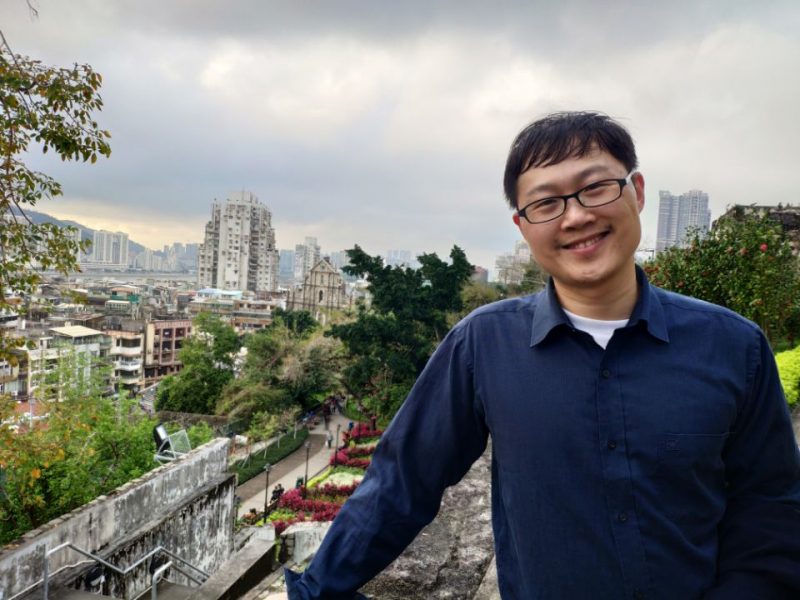

Titanium dioxide nanostructures and bio-inspired intelligent surfaces with special wettability: meet Prof. Yuekun Lai.
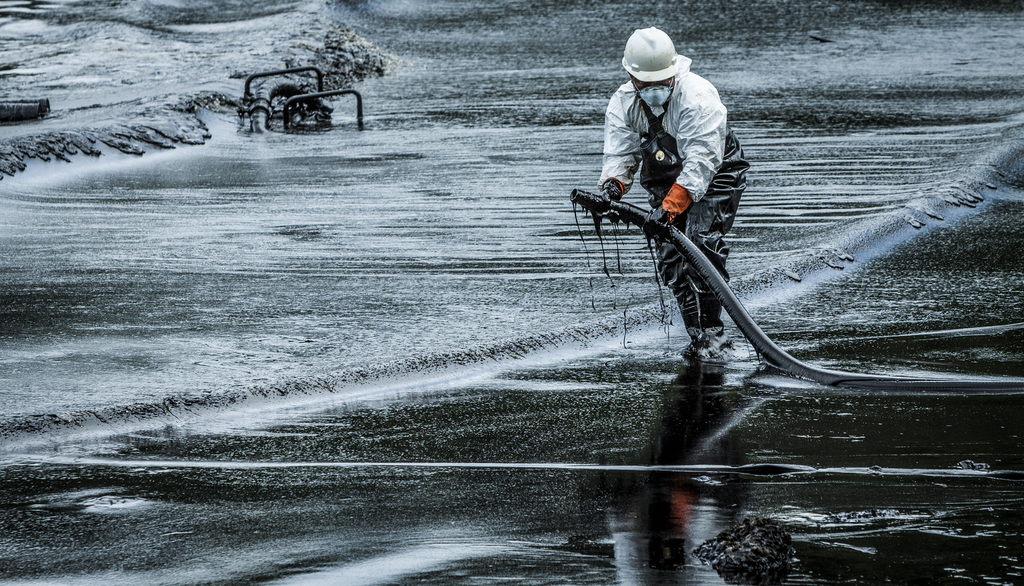
A team of Argentinian researchers developed a superhydrophobic and oleophilic carbonaceous nanosponge (CN) with high adsorption capacity for selective oil removal from water which could be used in case of oil spills.
A review finds that the increasing share of variable power generation calls for a better presentation of operational details in the power system planning models.
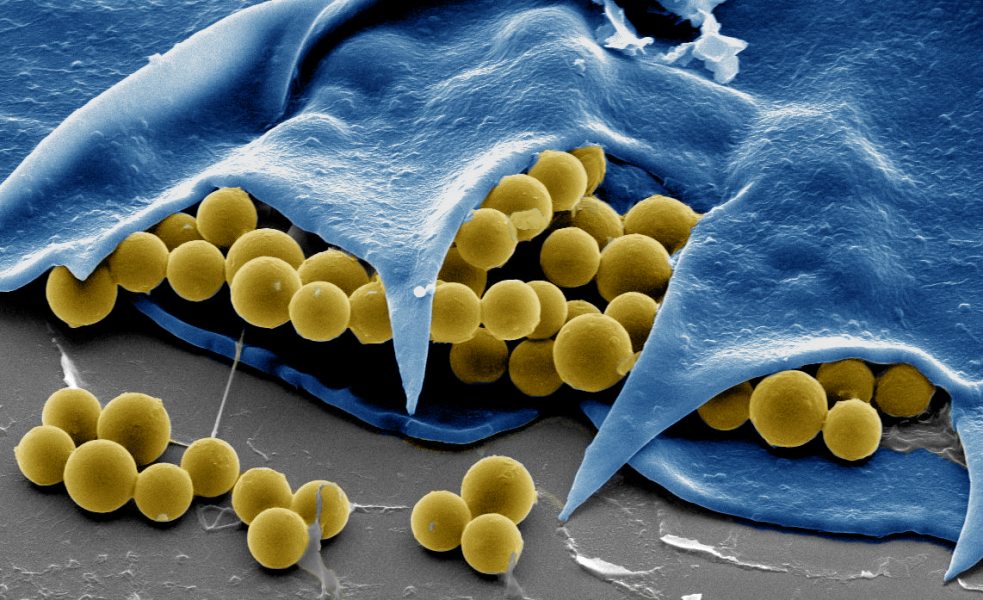
The Rotibot decontaminates water using functionalized microbeads (yellow) accumulated around the rotifer mouth (blue).
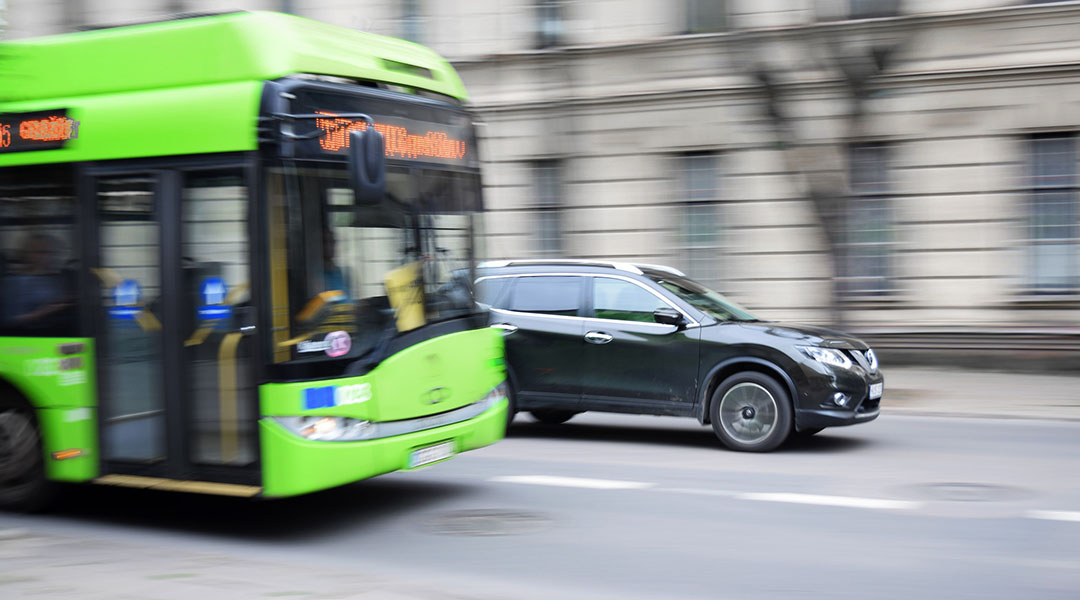
How electric buses can revolutionize public transport and help mitigate global warming.
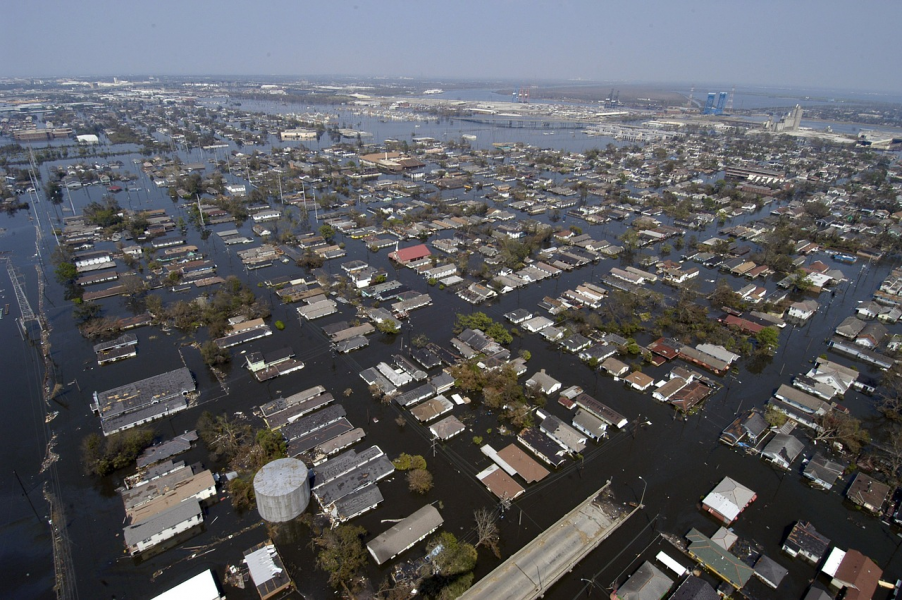
Climate resilience is increasingly prioritized by international development agencies and national governments. However, current approaches to informing communities of future climate risk are problematic.

The potential of the proposed local communities and Indigenous peoples’ platform to effectively engage traditional ecological knowledge (TEK) for climate policy is evalutated.
A strong theoretical insight into the struggles surrounding the future of coal in Germany.
The literature on climate change litigation highlights key emerging, interdisciplinary themes including the role of science, time, place and human rights claims in climate change litigation and explores the relationship between litigation and climate governance.
The 2015 Paris Agreement on Climate Change’s collective goal—keeping global warming “well below” 2°C above pre-industrial levels—remains ambitious.